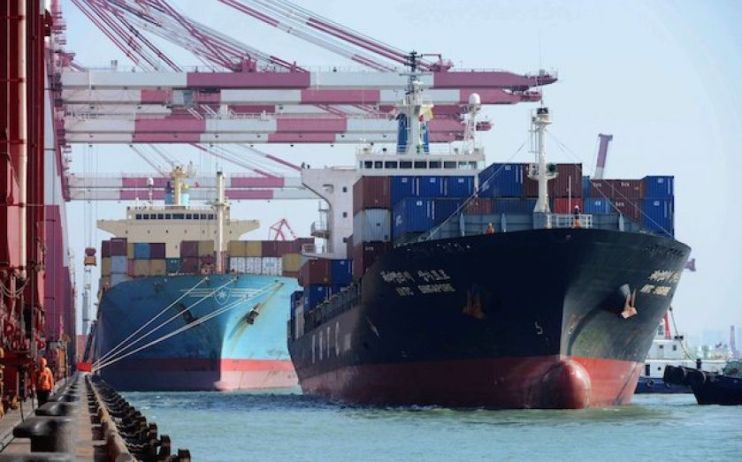Suez Canal hikes tolls during ports crisis to capitalise on booming cargo trade

Transit tolls in the Suez Canal are rising by six per cent next year for nearly all ships, despite the waterway reporting record revenues of $5.8 billion during the pandemic.
The Suez Canal Authority is now looking to harness a booming cargo trade, with global trade traffic set to increase by nearly seven per cent in 2022.
The toll hike follows a five per cent increase in 2020 for dry bulk and liquefied petroleum gas carriers.
The canal is the fastest shipping route between Asia and Europe and a key thoroughfare for a global trade.
The route dominated media headlines in March after the Ever Given container ship got trapped in the waterway and blocked global trade for almost a week.
Despite the critical media attention, transit levels have reached record heights this year.
Nearly 17,000 ships passed through in the year to October, according to the Suez Canal Authority, with a daily record of 87 vessels on September 29
The surging demand has led to healthy profits for shipping lines, such as Maersk.
The company enjoyed record sales of $16.6bn in the third quarter, a 68 per cent jump on a year earlier.
Pre-tax profits leapt to $5.9bn, compared with $1.1bn last time round.
Nevertheless, the increase in canal tolls will eat into these margins and could be passed onto businesses, which already face higher freight costs.
Only liquefied natural gas carriers and cruise ships will be exempt from the higher levy.
They will continue to pay the current rates.
Approximately 12 per cent of global trade and eight per cent of liquified natural gas pass through the canal, alongside a million barrels of oil every day.